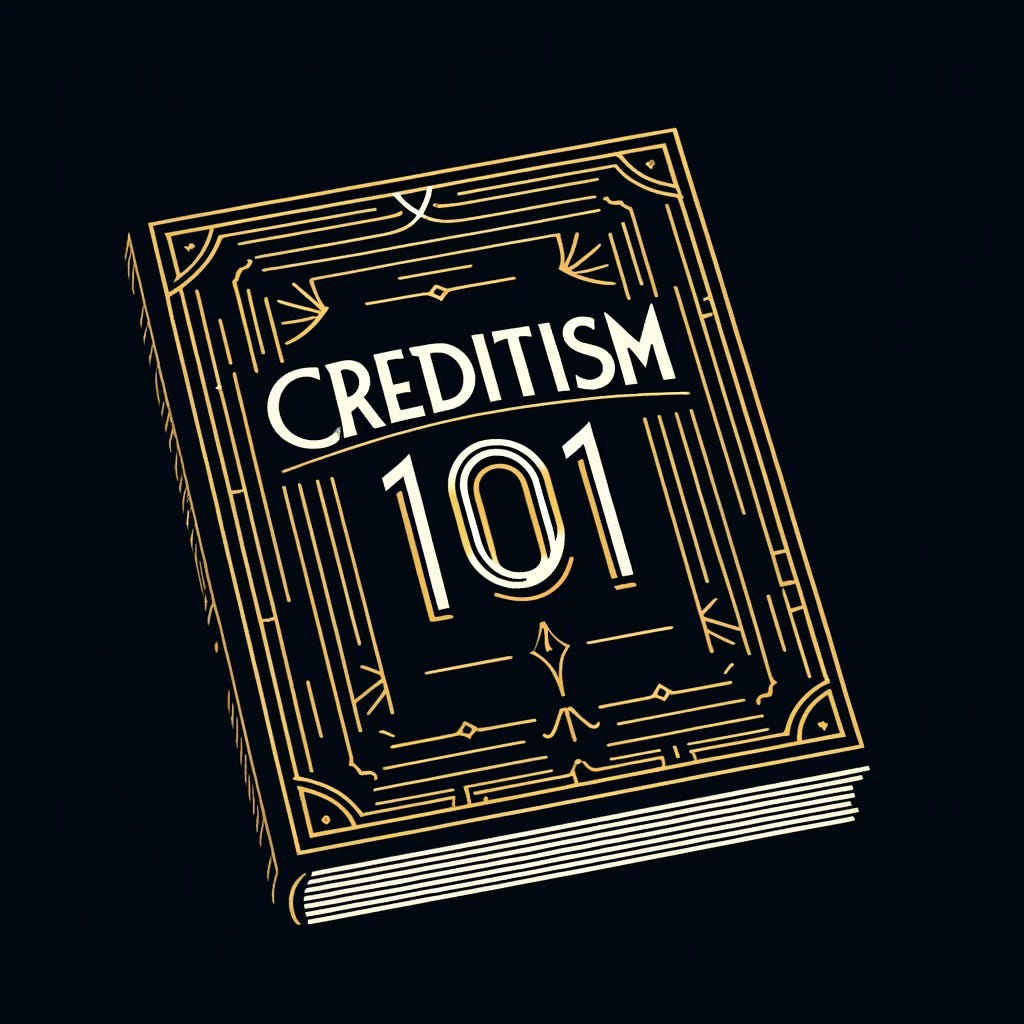Capitalism didn’t survive the 20th Century.
When Money ceased to be backed by Gold five decades ago, many of the constraints that had regulated economic relations up until then were eliminated.
Afterwards…
The Federal Reserve was no longer constrained in the amount of Money it could create. Its assets increased 100 times between 1970 and 2022.
It became very much easier for the government to finance its borrowing. So, government debt skyrocketed from $400 billion in 1970 to $33 trillion in 2023.
International Trade no longer had to balance. This has allowed the United States to buy $15 trillion worth of goods from other countries on Credit since 1970.
And Credit Growth soared. The Total Credit extended to all sectors of the US economy expanded 100-fold, from $1 trillion in 1964 to $100 trillion today.
As a result of these changes, Capitalism evolved into a different kind of economic system, one with a different growth dynamic, with different vulnerabilities and with new possibilities that Capitalism didn’t possess.
I coined the term Creditism to describe this new economic system.
Capitalism might have survived had it not been for World War I, the Great Depression, World War II, and the necessity of preventing Soviet Communism from taking over the world.
But Capitalism didn’t survive.
Creditism is not Capitalism.
It works very differently.
Macro Watch On Substack has begun rolling out a long series of short videos that will clearly explain everything necessary to understand how our economy works at the macroeconomic level in this post-Capitalist era.
This series is called Creditism 101. This video traces the evolution of Capitalism into Creditism.














Share this post